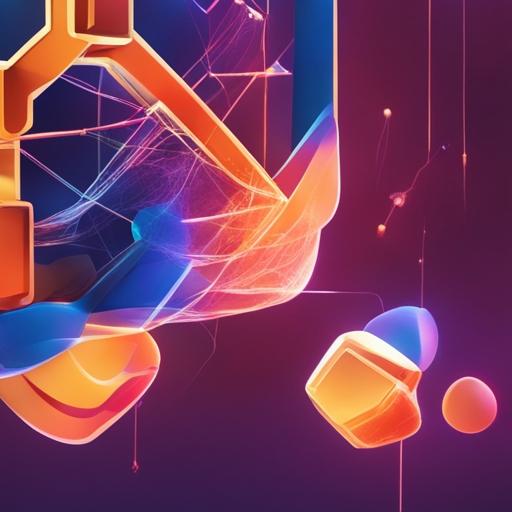In recent years, a new digital trend has taken the world by storm — NFTs. Whether you have heard about them from headlines, social media, or friends, NFTs are certainly making waves across various industries. But what exactly are NFTs when stripped down to simple terms?
Understanding NFTs

NFT stands for Non-Fungible Token. In the digital world, tokens represent certain assets or rights, and they’re often powered by blockchain technology. NFTs are unique digital assets that represent ownership or proof of authenticity of a specific item, image, piece of music, or any form of digital media. The term non-fungible essentially means that these tokens are not interchangeable with one another, unlike cryptocurrencies such as Bitcoin or Ethereum.
The Essence of Non-Fungibility
To better understand non-fungibility, think of NFTs as digital collectibles. A great analogy is comparing them to trading cards; while a baseball card is a tangible item that can vary in rarity and worth, an NFT is a digital equivalent. Each NFT has a unique identifier stored on the blockchain, ensuring that no two NFTs are identical, much like how two trading cards might differ in terms of age, rarity, or condition.
Blockchain – The Secure Ledger
NFTs exist on a blockchain, which is a decentralized digital ledger that records transactions. The most commonly used blockchain for NFTs is Ethereum. It provides a secure and transparent way to verify ownership and authenticity of NFTs. So, when you purchase an NFT, a record is made on this blockchain network confirming that you own the specific digital asset.
Applications of NFTs
NFTs have opened up a plethora of opportunities for digital creators and investors. Artists and musicians can sell their digital works as NFTs, bypassing the need for intermediaries and ensuring royalties on resales. Similarly, NFTs have found their way into the world of gaming, allowing players to own unique in-game items and even entire virtual worlds.
Art and Music Industry
Digital art has seen a significant revolution with NFTs. Artists can create and sell their digital art pieces directly to collectors without the middlemen — galleries, agents, or auction houses. Musicians are also releasing albums or exclusive tracks as NFTs, providing fans with a unique purchase option and experience.
Gaming: A New Frontier
In the gaming industry, NFTs offer revolutionary possibilities. Players can buy, sell, and trade in-game assets like never before. From virtual land to digital avatars, everything can be owned and transferred using NFTs. This shift hints at future developments in how gamers interact and transact within digital environments.
The Market Value of NFTs
While initially, NFTs were mostly creative and niche, the market value of NFTs has skyrocketed. Some NFTs have sold for millions of dollars, proving that a digital piece can hold substantial value based on its rarity, demand, and cultural significance.
Conclusion
NFTs are an exciting innovation, merging the worlds of digital art, gaming, and technology. They offer a new means for ownership, trade, and collection in the digital space. Although sometimes complicated and volatile, NFTs continue to grow in presence and influence. As more people and sectors explore the potential of NFTs, they are likely to become an integral part of our digital future.
